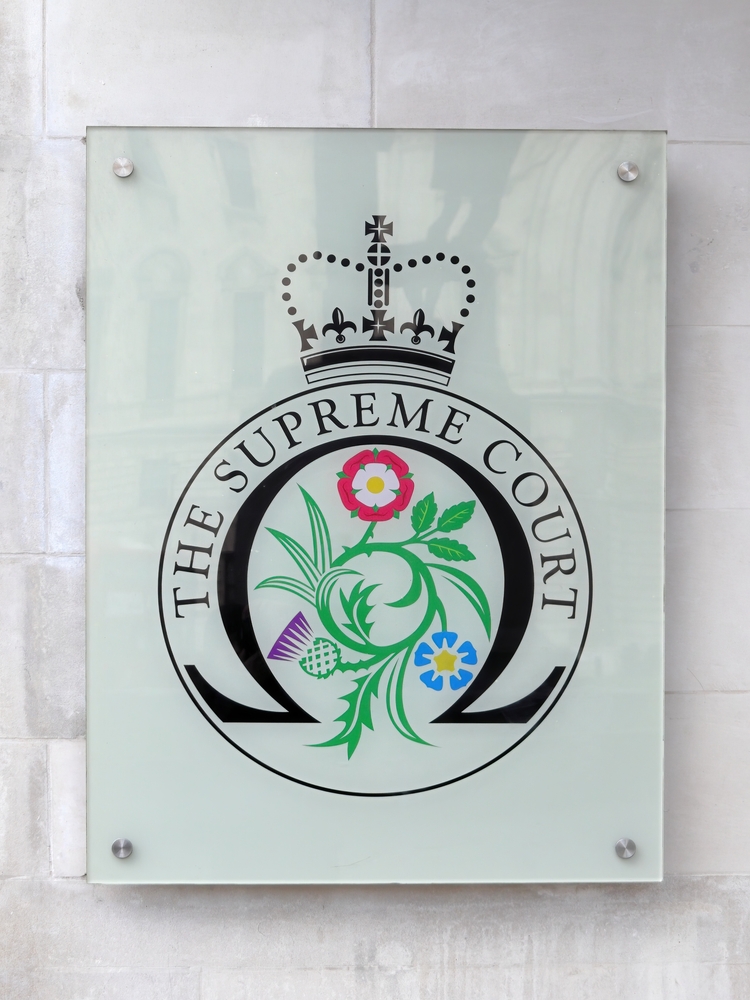
Background
Late in the long second marriage of wealthy individuals, Mr Standish transferred significant assets (around £80m) to his wife, for the purpose of avoiding inheritance tax by setting up trusts for their children. By the time the marriage broke down, the planned trusts had not yet been established, and Mrs Standish retained these assets in her sole name. During financial remedy proceedings, these were held to be entirely matrimonial assets by virtue of the transfer. They were, therefore, divided 60/40 in Mr Standish’s favour, to recognise his significant pre-marital efforts in generating them.
Both husband and wife appealed, and the matrimonialisation point was broadly reversed. The Court of Appeal held that source of assets, rather than title was the starting point for consideration of any potential matrimonialisation of assets. This resulted in Mr Standish receiving 75% of the transferred assets (held to be non-matrimonial property) and half of the remaining 25%, which were held to be matrimonial property, thus subject to sharing. Mrs Standish appealed to the Supreme Court.
At the Supreme Court
In affirming the Court of Appeal’s Judgement, the Supreme Court noted that the distinction between matrimonial and non-matrimonial property turns on the source of the property – was it brought into the marriage or generated during the marriage? The court was clear that non-matrimonial property should not be subject to the sharing principle. It was also confirmed that the principled starting position for sharing should be an equal split of matrimonial property – the sharing principle seeking to achieve a fair outcome.
Non-matrimonial property, however, can become matrimonial: whether any matrimonialisation had occurred would be determined on the basis of the parties’ conduct over the course of the relationship. This was clarified as an examination of how the parties had treated the assets. The longer the period over which property was treated as a shared asset, the more settled this treatment becomes and the more likely the property is to have become matrimonialised. The parties’ treatment is central in deciding the fairness of treating that property as matrimonialised.
The court was also definitive that transfers of capital assets to save tax do not, in and of themselves, render an asset matrimonialised. In this case, where the transfer of property was made exclusively for the benefit of the couple’s children, not as a gift to Mrs Standish, the assets had not been treated as shared and so no matrimonialisation had occurred. The Court of Appeal’s approach in distinguishing the transferred assets as either earnings during the marriage (matrimonial) or non-matrimonial property was approved. Mr Standish thus retains 75% of the transferred assets and a half share of the remaining 25%.
Matrimonialisation of assets is but one of the complex issues which can arise from the ending of a relationship. Our expert family team, led by Kathryn Peat, complemented by Darren Hark and Xanthy Papageorgiou, consistently brings significant experience to bear on the complete range of family breakdown issues. From financial dispute and children matters to international jurisdiction disputes and negotiated settlements, our team’s market-leading expertise will ensure the most favourable resolution of any issue which may arise.
"Sinclair Gibson’s team has the self-belief and the ability to make the bold, difficult advisory decisions others would shy away from. It has a very good team culture, work ethic and consistent delivery."
Chambers HNW 2025